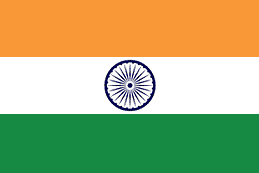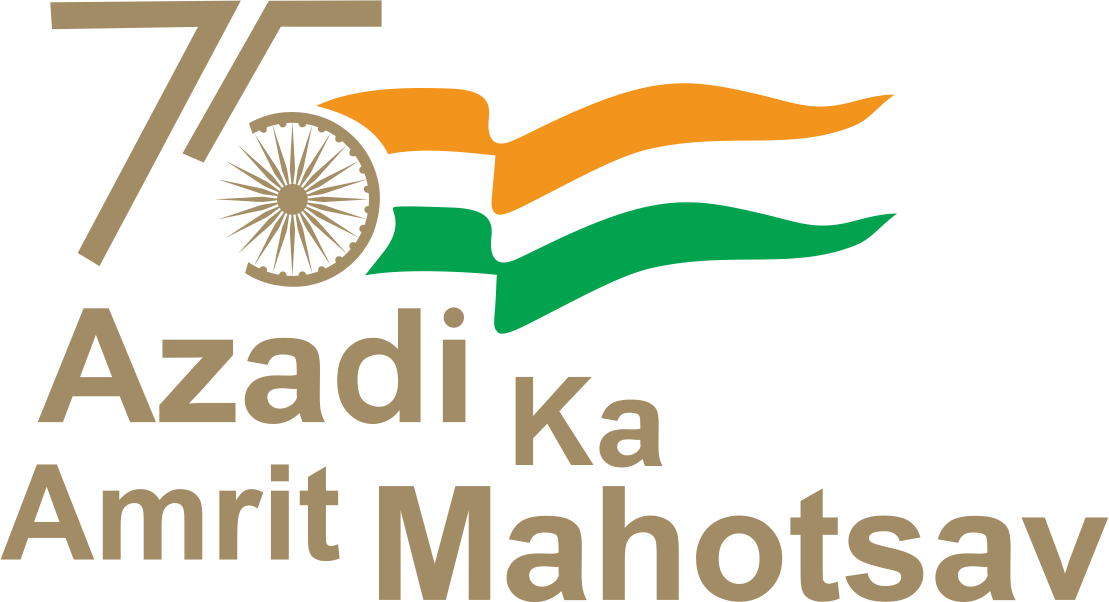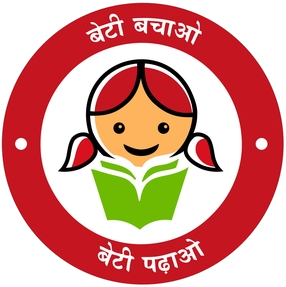Spice Park - Guna, Madhya Pradesh
Why Madhya Pradesh
Madhya Pradesh is the second largest state in the Country with an estimated population of more than 60 million. Agriculture is predominant sector in the state. The state is characterized by mainly of marginal and small farmers. The net area sown is about 150.74 lakh Ha. which is half of the MP's geographical area. The most important crops are rice, wheat, soybean, sorghum (jowar), maize, pulses groundnuts and Spices. Agriculture is predominantly rain fed and mono-cropped. Horticulture is marginally developed in the tribal areas with the present area under fruits, vegetables, and spices accounting for only about 2.5% of the cultivated area. The major Spices cultivated are Mustard, Coriander, Chilli, Garlic, Ginger etc. The MP state Government has Special incentive schemes for food processing industries like reduced rate of mandi taxes
Spices Park at Guna
The Spice Park at Guna lies on Mavan Village of Guna Tahzil, Guna district on western side of Madhya Pradesh bordering Rajasthan and Uttar Pradesh. The techno feasibility study for establishing a Spice Park at Guna had conducted by M/s ICICI-Winfra, Kolkata. Based on the DPR, Government of India had given approval for establishing of the Spices Park at Guna in two phases with an estimated cost of Rs.45.19 Crore. In this park, it is visualized to have all the facilities like, processing, quality evaluation, Cold Storage, Steam Sterilizer, Ware housing etc in a phased manner in addition to other common infrastructure facilities like internal roads, security cabin, bank, post office, uninterrupted power and water supply, drying yard, effluent treatment plants etc. The details of the facilities proposed are as follows.

- Basic Infrastructure
- Network of wide Roads
- Uninterrupted Power & Water
- Sewerage and Drainage Network
- Fire Fighting System
- Communication System
- Security System
- Farmers Interaction Centre
- Training Hall
- Park Administration Office
- Other facilities envisaged
- Meeting Hall
- Bank & Post Office Counter
- Canteen
- Guest House
- Information centre with computer facilities
- Ware Housing
- Raw material Godown
- Finished God Godown
- Processing facilities
- Cleaning, Grading, Sorting, Roasting, Grinding
- Bulk and Consumer packing
- General
- Truck terminals
- Weigh bridge
- Green Area
- Service Block
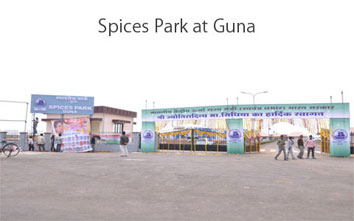
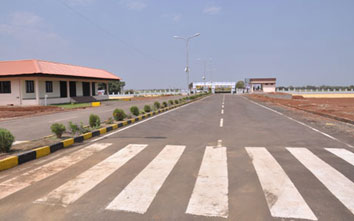
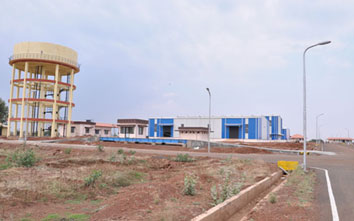

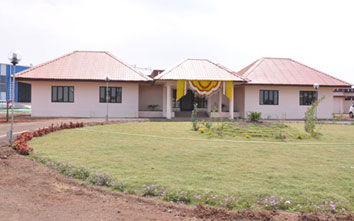
Public Private participation
This is the first Spices Park established by the Board with Public Private Participation. Board had leased out 26 acres of land in the Park to 19 private entrepreneurs for developing their own value addition plants in the Park. More exporters are willing to participate in the project by establishing their own units which require additional land. The Board had already submitted a proposal for allotting additional land to the Board. The details of the exporters who had taken land at Spices park along with the layout of the plots is given below.
Backward linkage
The backward linkages for the proposed Spice Park began with the analysis of that part of the value chain, which begins with the procurement of raw produce from the farmers and channelizing it to the processing centre. In traditional method, after harvesting, the farmers will sell their crops to the traders as they don't have the monetary capacity to store their crops for a long period of time, realizing less amount of revenue than what should be. The traders acting as middlemen's, buy the harvested raw produce from the farmers, store the produce for a longer period and sell to the market or to the processors at a higher price thus capturing maximum profit. Thus in this value chain method, no value is added and no benefits go to the farmers or processors and the whole benefit is captured as personal gain by the middlemen/traders
The main objective of the Spice Park at Guna, Madhya Pradesh is to ensure that the benefit generating from the park is well distributed among the farmers, processors and other end users as well. As per the concept of the Park, backward linkage in the total value chain constitutes mainly the link between the processing centre and the farmer. The farmers after harvesting their raw produce can either store at the park for a very affordable rent or they can sell the produce directly to the spice processors located within the park. Hence, there is no need for the middlemen and thus benefiting the farmers in form of fairer price realization as well as the processors in the form of good quality raw produce for further processing and value addition. Thus the park will provide a valuable link with the farmers and will encourage them to increase area under cultivation as well as to strive more for achieving higher productivity
Forward linkage
Forward market linkage mainly leads with the part of the value chain which mainly explores the linkage between the processing centre and the market, both the domestic and the international. The facilities available in the park can be used to process the produce and convert them in to value added forms which are then channels in to various domestic and international markets. Hence, the park will provide a vital link between the processors and the markets thereby enabling the processors and exporters to optimize their returns on their investment through co-coordinated approaches and joint marketing efforts through trade and promotional fairs.
Impact Zone
The Impact zone would comprise an area which qualifies as the most optimal combination of availability and geographical contiguity. Such facilities of the spice park can be plugged through out the zone to ensure the maximum benefits accrue to all components of the supply chain of spices. The impact zone of this Spice Park comprises the districts such as Guna, Ashok Nagar, Mandsaur, Ratlam, Rajgarh, Neemuch, Shivapuri, Morena, Sheopur in the State of Madhya Pradesh and Jhalawar and Baran districts of Rajasthan.
Among the various spices produced in the impact zone, it is scaled to focus down some of the most important and highly produced variety of spice crops within the impact zone. Among the various spice producing crops, Turmeric and Ginger proved to be the least yielding crops in the entire zone. Hence, the selection of final five spice produced within the zone has been eventually concluded on the ground that they contribute more than enough of the production for setting up of spice parks. The selected crops include Coriander, Fenugreek, Mustard, Garlic and Chilli.
Current Status
The Board had completed the establishment of the first phase of the project on a time bound manner. The processing facility developed by the Board for the processing and value addition of Coriander and other Seed Spices, warehouses etc are handed over to M/s. P.C Kannan & Co, Indore. M/s. P.C Kannan & Co is the topmost exporter of Coriander from the Country and a National award winner in export excellence in Spices. They had started the trial production in the Spices Park and the commercial operation will commence from June, 2014.
The link for EOI is Invitation of Expression of Interest for Leasing of Land in Spices
Parks in Guna
Second Phase of the project
The Board had completed the first phase and commenced its trial production. The proposal for the second phase of the project consists of the facilities like Cold Storages, Steam Sterilization, Colour Sorting, Quality Evaluation Laboratory etc has submitted. The second phase of the project will commence shortly.



